Welcome to Jin Wei Xin, a leading manufacturer of silicone baby, kitchen, and beauty products since 2007. Discover our FDA-approved, high-quality silicone products tailored to your needs. OEM and ODM services available for global partners.
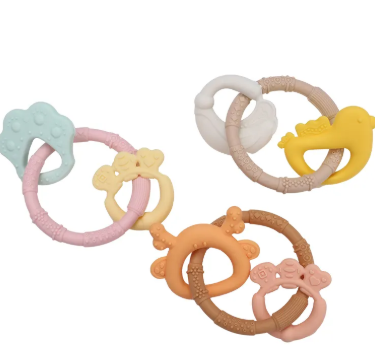
Safety and Material Benefits of Silicone Teether Toys Non-Toxic, BPA-Free Composition Silicone teether toys, crafted from food-grade materials, stand as a beacon of safety for teething babies. Unlike some plastic alternatives, these teethers are fre...
VIEW MORE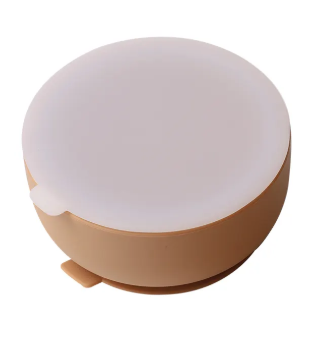
Material Safety: Silicone vs. Plastic for Baby Products BPA and Chemical Risks in Plastic BPA (Bisphenol A) and other chemicals found in plastics are raising concerns about baby product safety. Research highlights that BPA can interfere with hormona...
VIEW MORE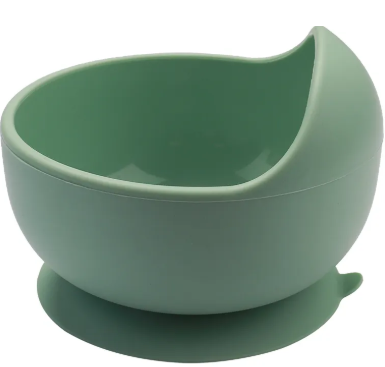
Key Factors Affecting Silicone Bowl Durability Material Quality and Food-Grade Standards Material quality significantly influences the durability of silicone bowls, particularly in their ability to prevent leaching of harmful chemicals. High-grade s...
VIEW MORE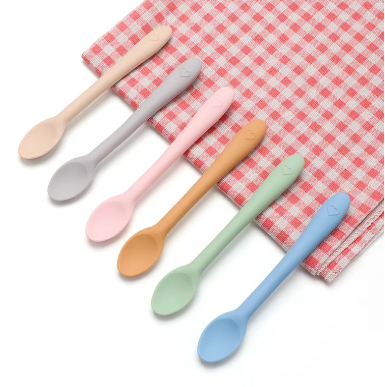
Essential Cleaning Techniques for Silicone Utensils Daily Cleaning: Handwashing vs. Dishwasher Safety When it comes to cleaning silicone utensils, handwashing tends to preserve their integrity better than using a dishwasher. Although dishwashers pro...
VIEW MORE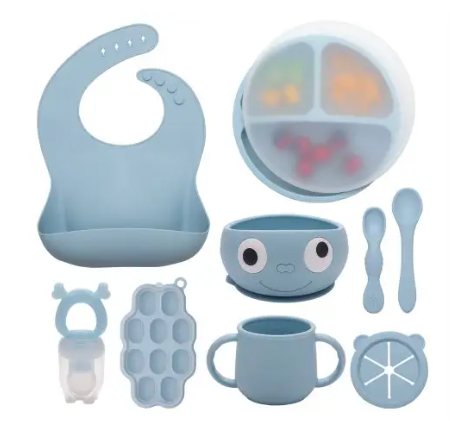
Superior Heat Resistance for Versatile Cooking Withstands Extreme Temperatures (Up to 482°F/250°C) Silicone utensils are designed to endure high cooking temperatures, making them versatile tools in the kitchen. Unlike plastic, which risks me...
VIEW MORE
Safety First: Non-Toxic Benefits of SiliconeHypoallergenic Properties for Sensitive SkinSilicone is known for its hypoallergenic qualities, making it an ideal material for infants and those with allergies. Its non-reactive nature ensures minimal risk...
VIEW MORE
The Rise of Eco-Friendly Silicone Ice Molds Why Plastic Ice Trays Are Falling Out of Favor Plastic ice trays are losing favor due to the significant environmental issues associated with single-use plastics. Studies indicate that plastic waste is ...
VIEW MORE
The Evolution of Ice Mold Design: From Basic to Custom CreationsFrom Standard Cubes to Artistic Silicone Ice Cube TraysIce molds have evolved significantly from their basic origins. Initially, standard ice molds focused on simplicity by delivering un...
VIEW MORE
Why Choose Silicone Feeding Utensils for Babies? Safety Benefits of Non-Toxic Silicone Non-toxic silicone is rapidly becoming the preferred choice for baby feeding utensils due to its superior safety profile. Free from harmful chemicals like BPA, ph...
VIEW MORE
Material Composition: The Science Behind Silicone Silicone rattle toys owe their durability to the unique material composition. Silicone is a polymer crafted from elements such as silicon, oxygen, carbon, and hydrogen, celebrated for its flexibility ...
VIEW MORE
Introduction The popularity of silicone in the baby feeding market is on the rise, thanks to its safety and versatility. This article explores the burgeoning trend of silicone baby feeding products, underscoring their benefits, applications, and evo...
VIEW MORE
Why Choose Silicone Sippy Cups for Toddlers? Choosing silicone sippy cups for toddlers is a smart decision, primarily due to the safety and non-toxic materials they are made of. These cups are often crafted from BPA-free, FDA-approved silicone, maki...
VIEW MORE